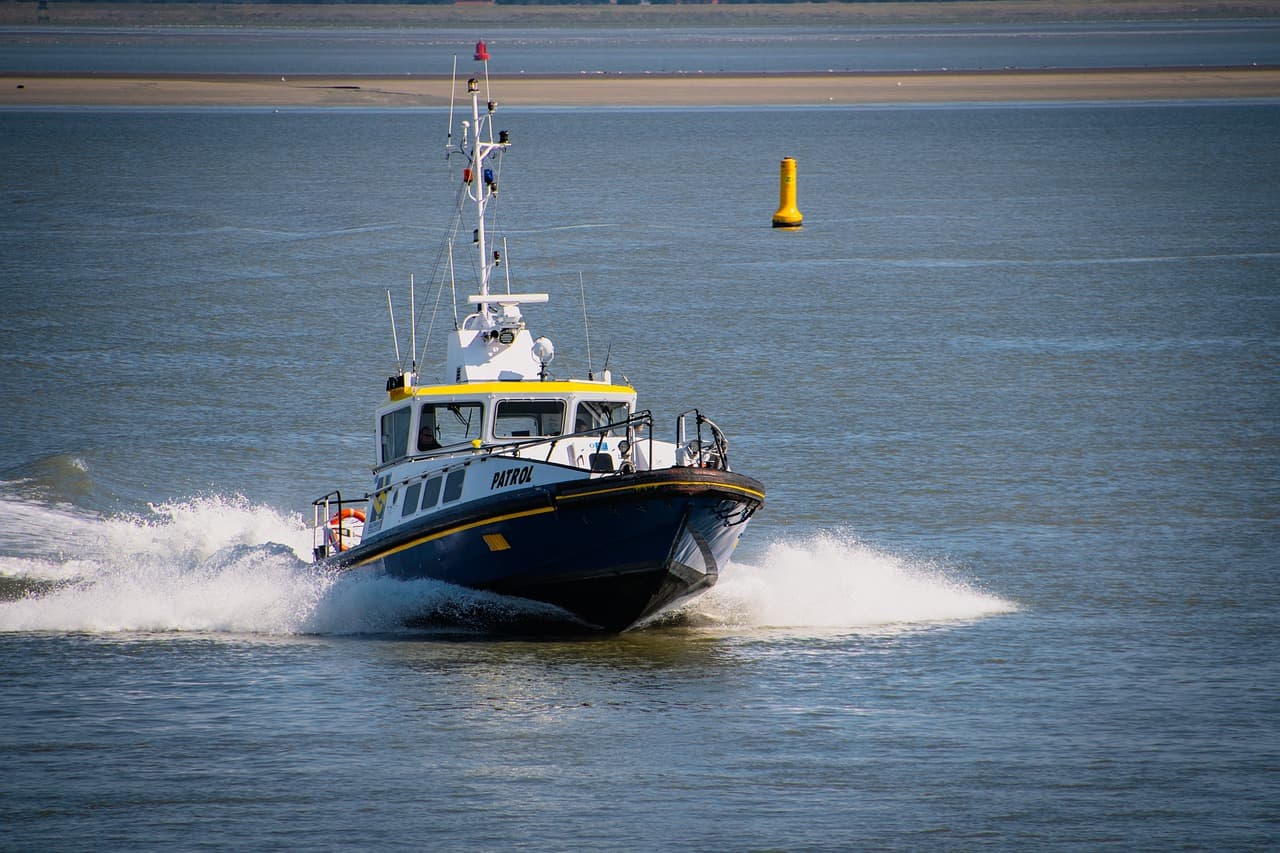Understanding Patrol Vessels: Types and Uses
Patrol vessels play a crucial role in maritime security, law enforcement, and search and rescue operations. These specialized ships are designed to monitor and protect coastal waters, ports, and maritime boundaries. In this article, we will explore the different types of patrol vessels, their functions, and how Mavyn can assist you in understanding this vital aspect of naval operations.
What Are Patrol Vessels?
Patrol vessels are small to medium-sized ships that are primarily used for surveillance, reconnaissance, and enforcement of maritime laws. They are equipped with various technologies and tools to carry out their missions effectively. These vessels can be operated by military forces, coast guards, or private security companies.
Types of Patrol Vessels
Patrol vessels can be categorized based on their design, purpose, and operational capabilities. Here are some common types:
-
Coastal Patrol Vessels
- Description: Designed for operations close to shore, these vessels are typically smaller and faster.
- Examples:
- Fast Attack Craft: Equipped with weapons for quick response.
- Inshore Patrol Vessels: Used for law enforcement and search and rescue.
-
Offshore Patrol Vessels (OPVs)
- Description: Larger than coastal patrol vessels, OPVs are capable of operating in deeper waters.
- Examples:
- Multi-Mission Vessels: Designed for various tasks, including anti-piracy and drug interdiction.
- Environmental Protection Vessels: Focused on protecting marine ecosystems.
-
Naval Patrol Boats
- Description: Used by navies for surveillance and defense operations.
- Examples:
- Corvettes: Small warships with advanced weaponry.
- Frigates: Larger vessels that can perform multiple roles, including anti-submarine warfare.
- Custom Patrol Vessels
- Description: Tailored for specific missions, these vessels can be designed to meet unique operational requirements.
- Examples:
- Research Vessels: Equipped for scientific studies and environmental monitoring.
- Luxury Patrol Yachts: Used for private security and monitoring in exclusive areas.
Functions of Patrol Vessels
Patrol vessels serve a variety of functions, including:
- Surveillance and Reconnaissance: Monitoring maritime activities to detect illegal fishing, smuggling, or piracy.
- Search and Rescue Operations: Assisting vessels in distress and conducting rescue missions.
- Law Enforcement: Enforcing maritime laws and regulations, including customs and immigration.
- Environmental Protection: Monitoring and protecting marine ecosystems from pollution and illegal activities.
How Mavyn Can Help You
At Mavyn, we offer AI and human expert help services to provide you with comprehensive information about patrol vessels and maritime security. Whether you have specific questions or need detailed insights, you can:
- Chat with Mavyn GPT: Get instant answers to your queries about patrol vessels, their types, and functions.
- Connect with a Human Expert: Speak with a maritime security specialist for in-depth discussions and personalized advice.
Shop Boat Steering Equipment Now
Conclusion
Patrol vessels are essential for maintaining maritime security and enforcing laws at sea. Understanding their types and functions can help you appreciate their role in protecting our oceans and coastlines. If you have more questions or need assistance, Mavyn is here to help!
Feel free to reach out to us for more information on patrol vessels and related topics.
